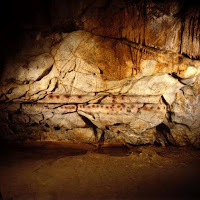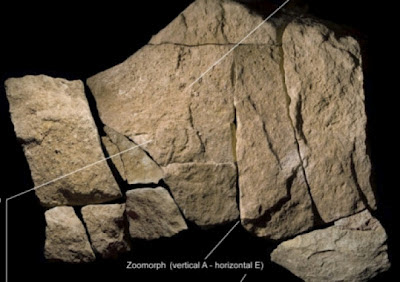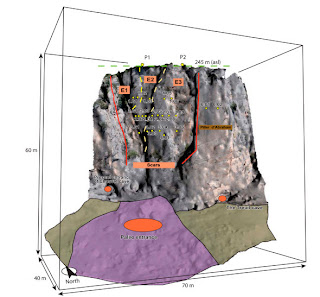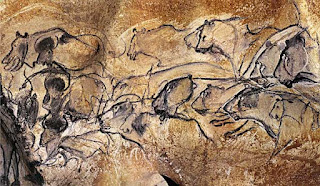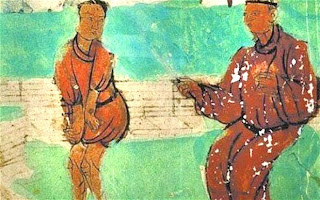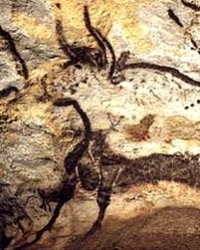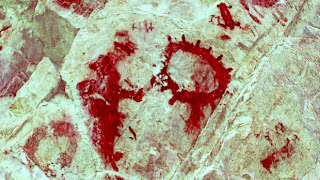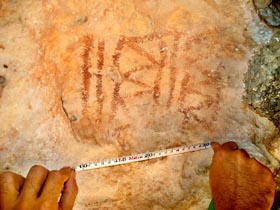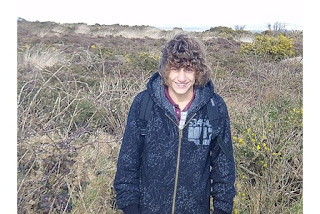 |
| Dr. Jan Simek |
Thousands of years ago, the familiar places that people call home on the Cumberland Plateau were the hunting grounds of several Native American Indian tribes. Then, as now, deer and other game were plentiful, rivers ran clear, and caves for shelter were abundant.
Rain leaching through the soft layers of sandstone that make up the Plateau carved out numerous caves. With at least 9,600 caves in Tennessee, more caves are found here than in any other part of the U.S.
Dr. Jan Simek, professor of anthropology at the University of Tennessee in Knoxville and a leading expert on prehistoric cave art in the southeastern United States, has made a career of studying ancient drawings and pictographs in caves around the world, including Devil’s Step Hollow Cave in Cumberland County. Dr. Simek’s publications on caves appear in several books, including Discovering North American Rock Art, and The Rock-Art of Eastern North America: Capturing Images and Insight.
Devil’s Step Hollow Cave in Cumberland County contains one of the oldest and largest collections of Native American art in the U.S., said to be over 1,000 years old. To preserve this legacy, Devil’s Step Hollow Cave has been sealed to the public. However, Dr. Simek will be in Crossville Tuesday, June 26 at the Palace Theatre, 72. S. Main St., for a presentation of the photographs and history of these petroglyphs and pictographs. The photography of this ancient art is by Alan Cressler of Chattanooga.
Sponsorship for this program about the fascinating early history of the county is by the city of Crossville, PEG Broadcasting and the Crossville Chronicle.
Coordinating this effort have been Billy Loggins for the city of Crossville, Ann Looney of Arts Roundup and Sharron Eckert of CACE and the Shanks Center for the Arts. They will welcome you at the Palace Theatre for a reception at 5 p.m. Dr. Simek’s presentation will begin at 6 p.m.
Admission is free, but a ticket is required for admission. Tickets are available at the Palace Theatre, the Shanks Center for the Arts, First National Bank on Peavine Rd. and at Cumberland Eye Care (Dr. Galloway) on Peavine Rd.
Following the presentation, there will be a free exhibition of Alan Cressler’s photographs of the cave art from Devil’s Step Cave Thursday, July 5 through Friday, Aug. 31 at the Shanks Center for the Arts, 140 N. Main St. across from the Crossville Depot.
For more information, contact the Palace Theatre at 484-6133, or the Shanks Center for the Arts at 787-1936.

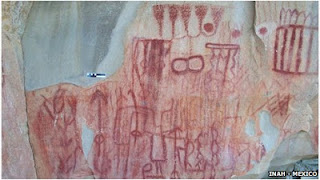
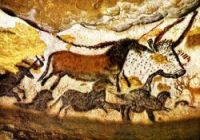

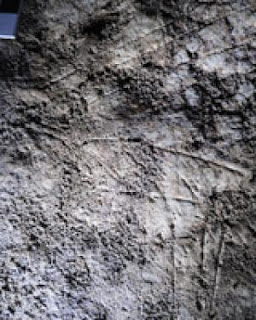
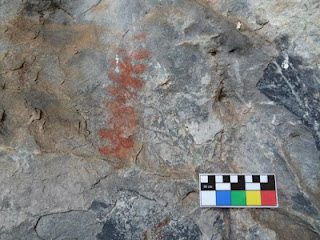
.jpg)
